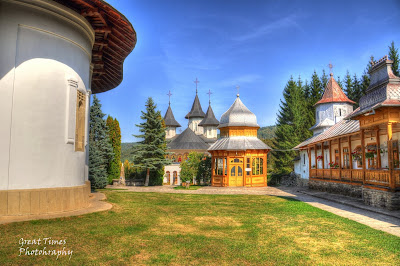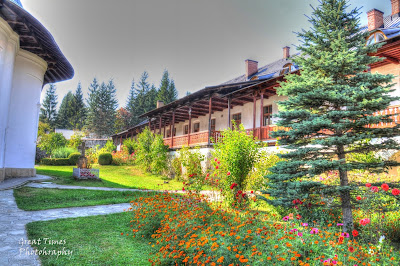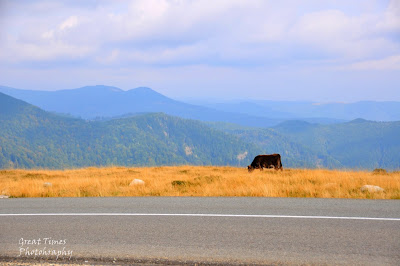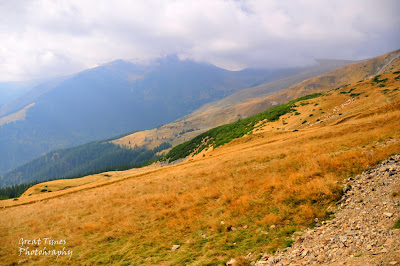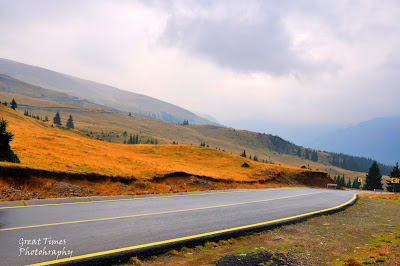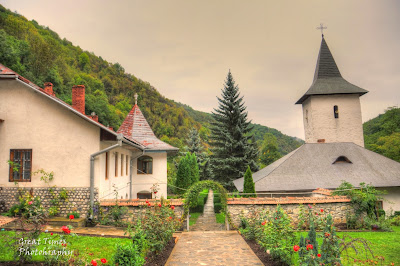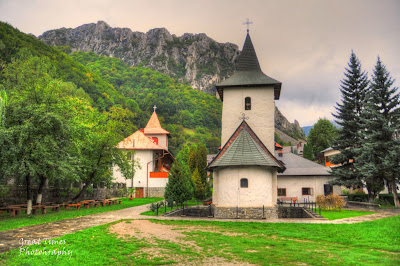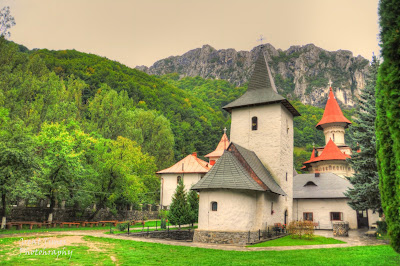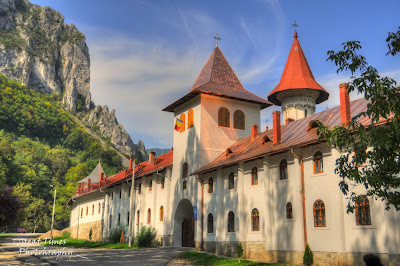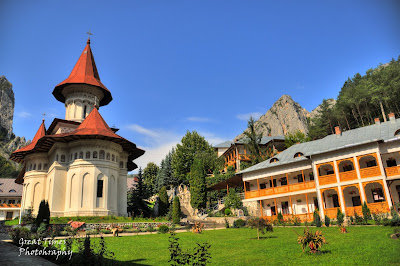Sihastria Monastery is located in the north part of Neamt County, at 22 km of Targu Neamt, on the road that goes toPipirig and Vatra Dornei. The secondary road that goes to the monastery it’s about 15 km, runs nearby Ozana river and crosses the valley of the brook called Secu. After 4 km you reach Secu Monastery and after another 3 km you’ll see Sihastria Monastery.
In the year 1942 Sihastria Monastery has a new abbot: father Cleopa. With the help received from Neamt Monastery father Cleopa manages to build all the cells by 1944 .
He also manages to reinforce Sihastria Monastery with his strong belief and in 1946 they build a new chapel. He is send to be abbot at Slatina Monastery , together with another 23 monks but he returns to Sihastria Monastery in the year 1964. Father Cleopa becomes an icon and a saint among the living. Sihastria Monastery is well known to all pilgrims because of the life of this great priest and monk.


